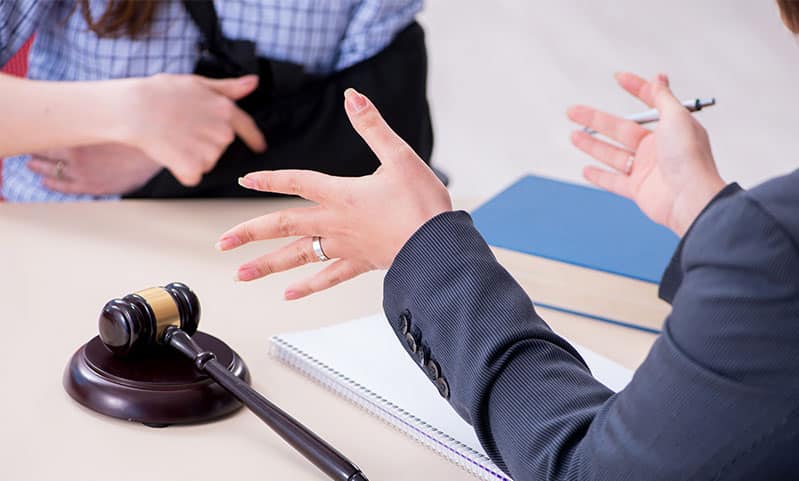Premise liability lawsuits can happen in any open space or structure and involve accidents like falls, construction sites, swimming pools, fires, falling equipment, criminal and animal attacks, or poor security. During a personal liability injury case, the plaintiff claims that the dangerous state of the property caused the accident, and the property owner is held responsible. The following article discusses what happens in a premises liability injury case.
What the Plaintiff Needs to Justify
The process of a premise liability lawsuit differs among states. Therefore, it is crucial to review your state’s regulations. In most cases, however, the plaintiff has to prove the following:
The Property Was Owned, Rented, or Occupied, by the Defendant
The defendant must first prove that they owned, rented, or occupied, the property. In a successful premises liability case, the occupier, owner, or lessee is responsible for checking the premises and confirming that it is in a decent condition for the intended use.
Plaintiff Was Negligent in Using the Property
In the next step, you have to prove that the respondent was negligent in using their asset. Negligence is an offense that holds individuals liable in a court of law for accidental damage caused to others. You have to present that the litigant failed to follow the precautions as required.
Historically, the individual’s position accessing the property determines if the defendant is responsible for the accident. Although, in recent years, many governments have dropped this approach in favor of using general negligence criteria to determine liability.
Liability Established Upon the Status of the Individual on the Estate.
A property owner’s obligation to others on your estate is based on negligent actions with a legal duty that varies depending on the entrant’s classification. People who enter the property are classified according to the value they bring to the landowner. Landowners generally owe the highest care to those who benefit them the most. The three common statuses are:
Invitees
An invitee is a person who enters the property for the defendant’s monetary gain or someone who enters land that is accessible to the general public. A defendant bears the responsibility of appropriate care in preserving the premises for invitees. This responsibility includes a positive commitment to keep the property secure for others.
Licensees
A licensee is someone who has the defendant’s direct or indirect permission to access the property. Examples of licensees are social guests. If a social guest is asked to leave and refuses, they are considered a trespasser. A litigant should fix or alert of hidden dangers they know about which the licensee is uninformed.
Trespassers
A trespasser is a person who enters another’s property without permission. The defendant has no obligation to trespassers other than to avoid hurting them knowingly.
Liability Based on Ordinary Negligence
Under this process, a litigant has to warn you about known and hidden dangers that you are unaware of and could not honestly uncover on your own. This obligation includes risks that the respondent should have been aware of if they had exercised reasonable caution.
You Were Harmed
You have to prove that you were wounded. You can verify this by presenting your medical documents and doctor’s reports on how the defendant’s negligence was a substantial factor in causing your injury.
Finally, you must prove that the respondent’s negligence was the main factor in harming you. The injury you suffered must be related to the defendant’s actions. And the defendant’s negligence needs not be the primary reason for your damage, but it must have significantly contributed to your accident. Always consider selecting a reputable lawyer for proper representation.

